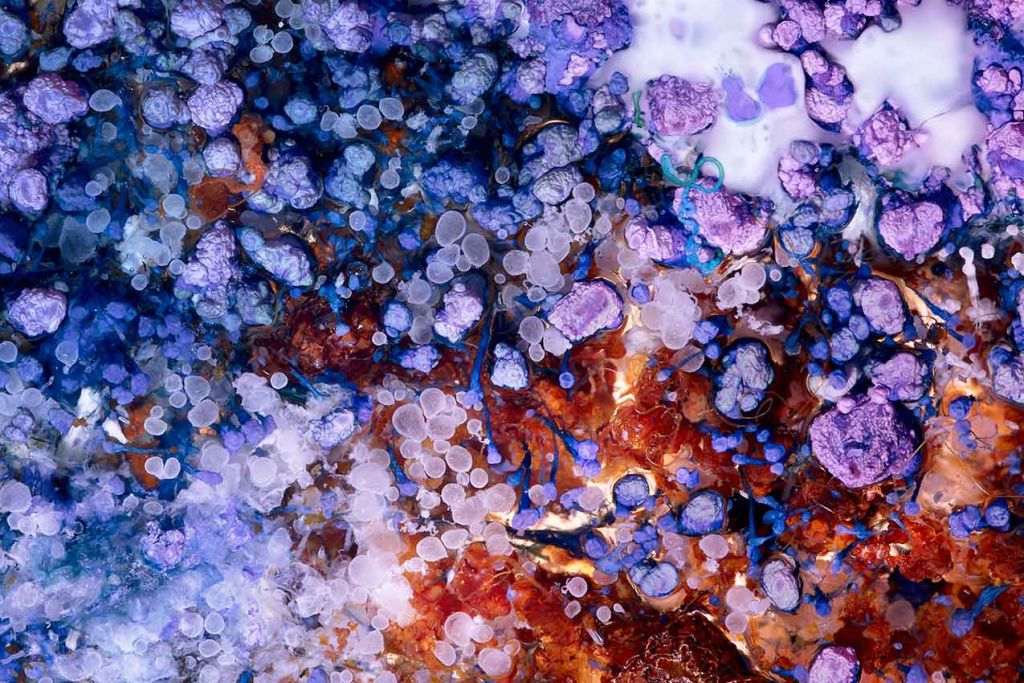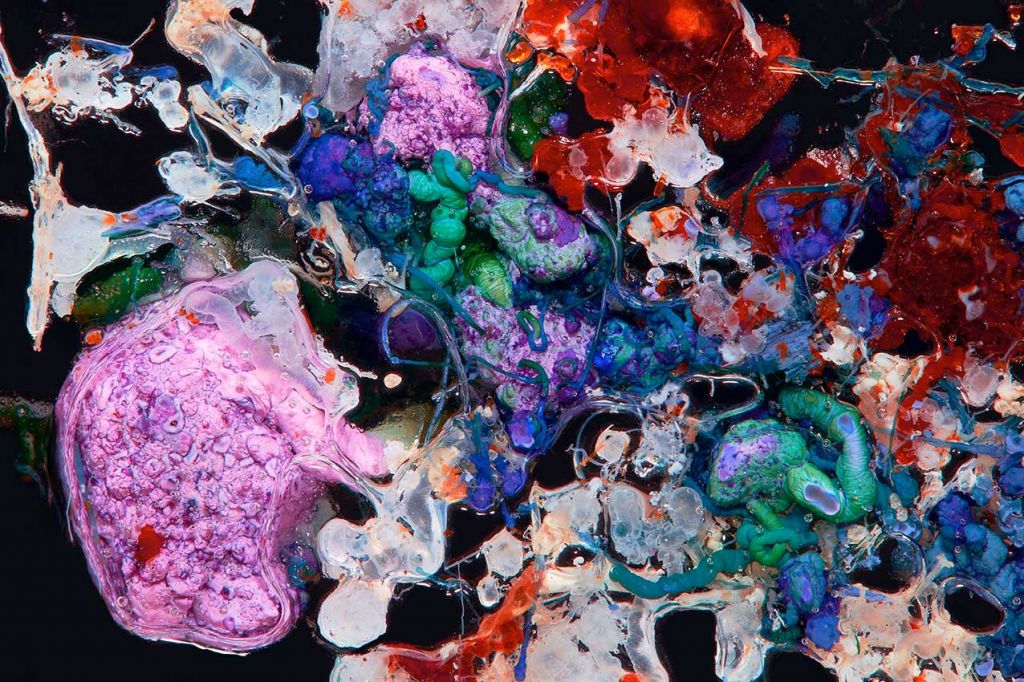Text by Lula Criado

London-based photographer Pascal Schonlau is interested in the intersection of human shape and material. After graduating in Communication Design, he started working as a photographer creating narrative and atmospheric worlds for commercial and personal projects that triggers the viewer’s imagination. Lockdown, self-isolation, social distancing, quarantine, pandemic, and difficult times, are some of the words that none of us used together in a sentence back in January. Then we all thought the Australian fires would be the worst thing the new year would bring us. But when on March 11, the World Health Organization officially announced that the coronavirus was a pandemic, everything changed.
Schonlau finds inspiration across a wide spectrum of fields, sculpture, cinema, nature or technology, to name just a few. And during the lockdown, like many others, he had to look for alternative ways of creating images, and he started working at a smaller scale. I was able to explore microstructures referencing the – both alienating and appealing – elements of scientific visuals. Schonlau told CLOT over email.
With this in mind, Schonlau, utilising chemical reactions between a silicate solution and metallic salts, worked on a photographic series Hyperorganic that shows the sculptural qualities of microstructures similar to viruses, bacteria, or spores. The pandemic is currently sparking a high public interest in virology and science, resulting in abundant visuals about the pathogen. Seeing the microscopic elements, it’s quite intriguing thinking about the permanent presence of complex microstructures surrounding us without being visible to our eyes. Schonlau continues.
During his graduation project, Schonlau came in touch with the texts from Byung Chul Han in which he connects sleek surfaces’ attributes to modern society’s characteristics. This opened a new perspective on the impact of textures, shapes and surfaces in a time where tactile experiences are minimised. Looking at images of highly alluring shapes and textures the somatosensory void is triggering tactile imagination – there’s a craving to experience the seen object fully. Schonlau said. Hyperorganic shows shape and textures of this kind, strangely alluring and alien as we sense the “real“ origin, but never experience the displayed in real life.


Schonlau told us that the process can be explained easily. Microbiology and chemistry are used as artistic tools to create the structures seen in the images. These structures are the result of a chemical reaction in a watery environment. Even though some attributes like colour and approximate density of the structures can be influenced, there’s a high percentage of coincidence and luck involved in the final appearance of the structures. For me, chemistry and sciences always were, in a broad sense, tools utilised to dissect and understand our world – a way to rationalise the unknown and mysterious. Looking at the series, this process is somewhat inverted; the result is quite mystical, otherworldly and unseen while the method follows the script of a scientific methodology. Schonlau explains.
The appearance [of the series] remains vague and in an aura of mystery and demonstrates, on one hand, that understanding and experiencing depend on multisensory exploration; and, on the other one, that visual attraction, as well as alienation, are connected very closely to each other, coherent to the uncanny valley phenomena.
As the novel coronavirus spread around the world, the UK implemented a restrictive mass quarantine following other European countries like Italy, France, Germany and Spain. In less than 24 hours, we had to adapt and evolve in this new situation. We all are still learning how art can help us cope with these new challenging situations. For Schonlau, using photography as a tool helps him to understand themselves and the surrounding, which leads to an experience of a more multilayered/diverse reality. Art and science can help to decode a matter from different perspectives without contradicting each other. In his personal experience, this has a soothing effect on a mind being exposed to a situation we currently find ourselves in. Imagining reports without illustrations and images it seems as if we would need more than only the purely informational side to satisfy a thirst of knowledge and understanding. Even if most of the commonly used images of the Covid-19 pathogen are scientifically questionable and freely interpreted – it adds to a sense of deeper understanding as it satisfies the thirst for visual information. Schonlau says.
To him, the Hyperorganics series is a way to explore the world of microstructures and how association plays a role in interpreting the unknown. Schonlau says that our relationship to touch is currently in a deep crisis because of the security measures that are needed to contain the spreading of the virus. This leads to a scarcity of tactile interaction, like shaking hands, kissing, and touching objects. I’m currently experimenting with surfaces and ways to enhance tactile experiences privately in safe environments and in curated spaces. I believe the effects of sensory stimulation are a neglected terrain as we mainly focus on visual information processing. Schonlau continues when we ask him if there is any unexplored artistic field he would like to take his work into in a post-lockdown future.






